Is there anything sophisticated in the way that IS deploys social media or are they using simple propaganda means?
With current media attention centered on the military campaign against the Islamic State (IS) in Iraq and Syria, another key focus point over recent months has been the group’s social media presence. The propaganda techniques that IS uses are called “sophisticated” or “advanced media production,” and those who are undertaking these activities are called “social media geniuses.” It seems everyone was caught by surprise this summer by the presence of IS members or those associated with them on Twitter, Facebook, and YouTube – or anywhere else on the Internet. Why do we think of the Internet as a field that IS cannot penetrate?
Since last June, when Sunni groups in Iraq led by IS defeated the Iraqi army, the group has enjoyed a great presence on social media. Such activities are not limited to IS, as different Islamists groups have increasingly used social media as a propaganda tool from the beginning of civil war in Syria. Admittedly, IS has been especially active on social media after its military advances in Iraq. Its members and those associated with them have used social media to publish updates about the group’s military operations, promote their ideology, act as a propaganda machine and recruit new fighters.
As well as their own hashtags, they have acquired other ways to spread their propaganda. The group hijacked the World Cup hashtag to promote its ideology. They also used a Twitter application called Fadjr al-Bashaer (“dawn of good things”), and ISIS-themed T-shirts appeared in online shops and were promoted via social media — although links were later removed from the social network.
But is IS’s propaganda technique on social media actually sophisticated, or have there been similar developments before? Are people surprised for a different reason?
In contrast with what we see in the mainstream media, IS fighters’ tweets are not just limited to Islamic or ideological slogans, nor are they restricted to brutal pictures of beheading members of the Iraqi army and executions of civilians.
Activists in Iran and Egypt have demonstrated the effect of social media on social mobilization in 2009 and 2011. However, the use of social media in Iran, Egypt and Tunisia was not viewed as a surprising phenomenon at the time. It is true that IS’s use of social media as a propaganda machine is more systematic than that of other groups, as exemplified by its Al-Hayat Media Center. However, when put in context, this form of propaganda is not particularly sophisticated. There is no doubt that IS is a brutal fundamentalist group, but this does not mean people who are part of it are ignorant or unaware of how to use technology.
If we assess this use of social media as a complicated propaganda technique, then we have to say al-Qaeda in its time also had a dedicated and innovative propaganda apparatus. Under Osama bin Laden’s leadership, the group used videotapes to spread its declarations and fatwas, broadcast by the mainstream media later on. Was this not a sophisticated publicity method?
The Zapatista movement, established in rural parts of Mexico in the Chiapas state, also used the Internet to propagate its ideology in the 1990s. In its attempt to promote and protect the rights of indigenous people, the Internet played a pivotal role in the circulation of news and information about the Zapatista rebellion. Later in 2011 and throughout 2012, the Occupy Movement used social media extensively. Moreover, IS is certainly not the first or only jihadist/Islamist group which is active on Twitter or Facebook. September 2013 — when the Westgate mall in Nairobi, Kenya, was attacked by Somali al-Qaeda affiliate al-Shabab — marked the first instance in which “al-Qaeda or one of its affiliates used only the Twitter social networking site to release updates about the operation and claims of responsibility,” without resorting to the previous method of publishing communiqués in jihadist online forums.
In our era, in a time when every teenager knows how to use social media, it is not a surprise that IS also utilizes it. Being surprised by this fact might stem from an unconscious prejudice: We might presume that beard-brandishing fundamentalists, fighting in the deserts thousands of miles away from Western civilization, do not possess the savvy to turn simple social media channels such as Twitter or Facebook to their advantage.
The Human Face
In contrast with what we see in the mainstream media, IS fighters’ tweets are not just limited to Islamic or ideological slogans, nor are they restricted to brutal pictures of beheading members of the Iraqi army and executions of civilians. There are several examples of IS fighters tweeting selfies, pictures of food, and snippets of life on the frontline.
The photograph of glasses of tea with the sentence “Tea…..the official drink of the mujahideen. Lol” was one of these tweets. Others included photographs of how IS members charge their mobile phones, and of a non-alcoholic drink accompanied by the sentence “Work hard, rest and enjoy a little” — these Twitter accounts were later shut down. Most famous of all were the pictures of kittens that IS fighters posted on Twitter.
Looking at these photos and messages, it becomes easier to understand why IS fighters and their organization have been successful in propagating their ideology: This has not happened solely through promoting savage images of executions and of bloodthirsty fighters. They have given their organization a human face to attract more fighters.
Reproduction of Atrocity
The current deployment of social media by IS also has another intention: scaring its rivals. A widely neglected consequence is that IS has triggered an intensified cycle of violence by forcing the other groups and sects in Iraq and Syria to act in the same brutal way and promote their own ferocity on social media.
A short time after IS started publishing videos of ruthless attacks, the same kind of output appeared on the accounts of people affiliated with the Iraqi army. A video posted in June showed Iraqi soldiers bringing back the dead bodies of alleged IS fighters, which they tied to the hood of their Humvees. Of course, this video was not as brutal as IS’s beheading videos, but it has demonstrated how successful the group has been in making their rivals imitate their way of fighting and propaganda.
Even the US government used the same approach on social media. On September 25, a US State Department Twitter account posted photographs of the corpses of four jihadist fighters reportedly killed in US air strikes. The tweet read: “[S]trikes against ISIS in Syria mark major step towards getting job done.” It was later deleted from the account.
In September, after IS was pushed back from some regions in Iraq, Shia groups that seized mainly Sunni-dominated territories were accused of carrying out reprisal attacks against Sunni civilians. Even before that, Iraqi security forces and government-affiliated militias carried out extrajudicial executions of Sunni prisoners in Baghdad.
A widely neglected consequence in relation to this is that IS has triggered an intensified cycle of violence by forcing the other groups and sects in Iraq and Syria to act in the same brutal way and promote their own brutality on social media.
What differentiates IS from other groups is the following: Firstly, their well-organized and systematic use of social media; secondly, their enthusiasm to show their brutality to reflect what has been demonstrated on the ground.
The Myth of ISIS
As Richard Keeble explains in his 1998 article, media, on different occasions, needs a myth. The one Keeble assessed in his article was the myth of Saddam Hussein before the 2003 international intervention in Iraq. It seems that nowadays IS and its members are the new myths for the mainstream news media.
The picture that the mainstream channels have drawn for its audience regarding IS is of bloodthirsty, insane savages who unexpectedly surfaced in Iraq earlier this year. This picture fits well with what Phillip Knightly, war correspondent and author, has catalogued as the four stages of war reporting in the Western media: stage one — the crisis; stage two — the demonization of the enemy’s leader; stage three — the demonization of the enemy as individuals; and stage four — atrocities.
The overall surprise regarding the way that IS has deployed social media in Iraq is a consequence of assessing IS within this cliché. Those who are fighting in Iraq are overwhelmingly part of the Arab world, and a recent survey of social media usage in the region shows the number of Facebook and Twitter users has increased by nearly 50% in the last year. In order to fully understand IS and accurately evaluate its presence on social media, we have to pay very close attention to changed realities in the MENA region, including the widespread use of social media.
In our time, social media has not only an increasing presence in our private lives, but also plays an increasing role in the news cycle. Whereas this growing use could be rooted in democratic movements in Egypt, Tunisia and Palestine wanting to spread their message, the same applies to radical Islamists in Iraq and Syria. IS presence on social media is neither sophisticated, nor unprecedented. As aforementioned, several political and rebel movements, as far back as the 1990s, have used propaganda techniques on the Internet. New communication technology, the Internet and social media have always been an effective means for those who have been struggling against established powers and are likely to continue to do so.
The views expressed in this article are the author’s own and do not necessarily reflect Fair Observer’s editorial policy.
Ivelin Radkov / Shutterstock
Support Fair Observer
We rely on your support for our independence, diversity and quality.
For more than 10 years, Fair Observer has been free, fair and independent. No billionaire owns us, no advertisers control us. We are a reader-supported nonprofit. Unlike many other publications, we keep our content free for readers regardless of where they live or whether they can afford to pay. We have no paywalls and no ads.
In the post-truth era of fake news, echo chambers and filter bubbles, we publish a plurality of perspectives from around the world. Anyone can publish with us, but everyone goes through a rigorous editorial process. So, you get fact-checked, well-reasoned content instead of noise.
We publish 2,500+ voices from 90+ countries. We also conduct education and training programs
on subjects ranging from digital media and journalism to writing and critical thinking. This
doesn’t come cheap. Servers, editors, trainers and web developers cost
money.
Please consider supporting us on a regular basis as a recurring donor or a
sustaining member.
Will you support FO’s journalism?
We rely on your support for our independence, diversity and quality.



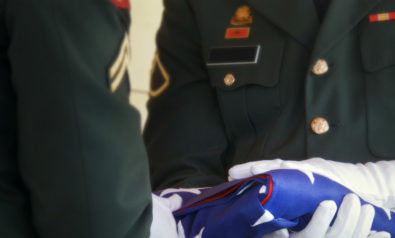


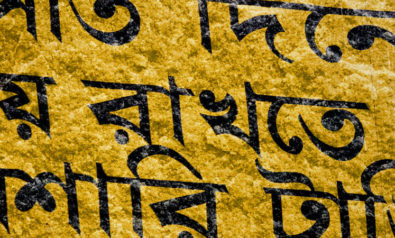
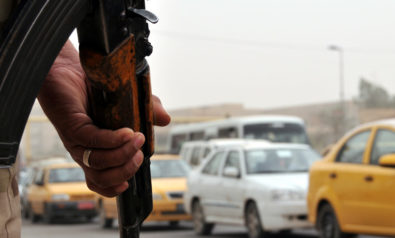
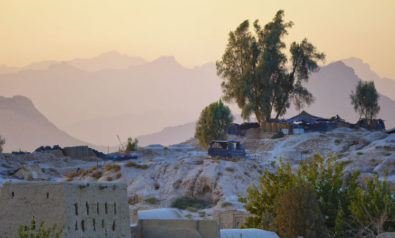
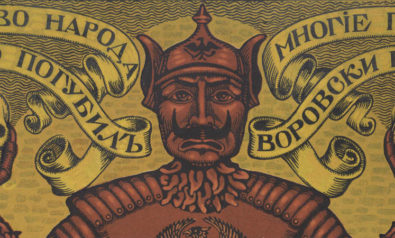







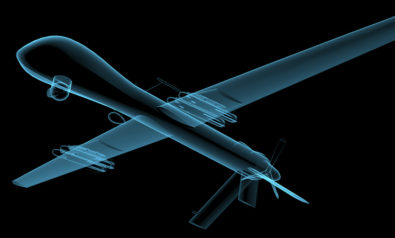

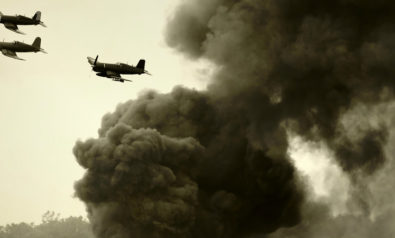







Comment